 There is more than one type of dental procedure that may be casually referred to as a cleaning. For example, there is a regular cleaning & then there is what is referred to a deep cleaning. It’s important to understand that there is a big difference between these procedures & implications that each of these procedures have when it comes to your oral health.
There is more than one type of dental procedure that may be casually referred to as a cleaning. For example, there is a regular cleaning & then there is what is referred to a deep cleaning. It’s important to understand that there is a big difference between these procedures & implications that each of these procedures have when it comes to your oral health.
Regular Cleaning or Prophylaxis
A regular cleaning, which is called prophylaxis by dental professionals, is what most people think of when they think of going to the dentist for a checkup. Prophylaxis involves removing plaque, calculus & stains from teeth. (Plaque is a sticky substance that builds up on teeth as a byproduct of bacteria feasting on the food you eat. Calculus, also known as tartar, occurs when plaque & minerals in your mouth harden.) A dental hygienist or a dentist uses a specialized cleaning device, called an ultrasonic scaler, to remove plaque & calculus. This cleaning occurs only on the visible part of the tooth, known as a the crown.
Regular cleaning is only recommended for patients who have generally good oral health & do not suffer from bone loss or gum problems (bleeding, recession, infection, etc.)
Scaling & Root Planing or Deep Cleanings
Root planing is a procedure that involves removing tartar, bacteria, toxic deposits from the root of a tooth, all the way down to where gum & bone meet. While it is sometimes casually referred to as a “deep cleaning”, you should know that this treatment is quite different from prophylaxis. This procedure is required as a treatment for periodontal disease or periodontitis (commonly called gum disease, though it also affects the bone).
Many people can have periodontal disease & not even know it. Symptoms of the disease include bleeding gums, bad breath, teeth that look longer due to recessed gums, & swollen or red gums. However, many people do not notice any symptoms at all. That’s why it may come as a surprise when your dentist recommends scaling & root planing instead of a regular cleaning. It’s important to understand that this procedure is vital to getting periodontal disease under control & avoid future tooth loss, though other procedures including surgery may be required to treat the disease.
Periodontal Maintenance
Once you have been diagnosed with periodontal disease & have undergone scaling & root planing, periodontal maintenance is what you can think of as taking the place of prophylaxis in your dental care routine. Rather than just addressing the just crowns of your teeth as in prophylaxis, periodontal maintenance also cares for your tooth roots, gums & bone. In other words, think of it as cleaning & maintenance for the tissues affected by your periodontal disease. The frequency of your periodontal maintenance appointments depends on your individual oral health condition & will be determined by your dentist.


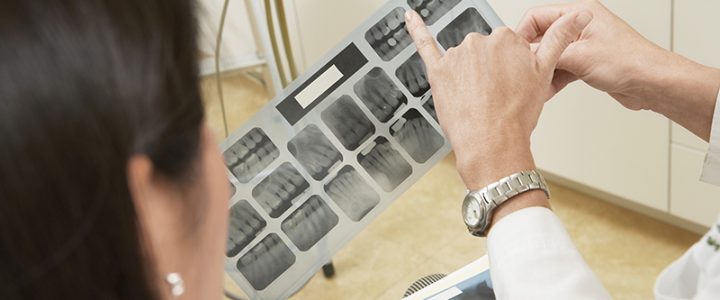
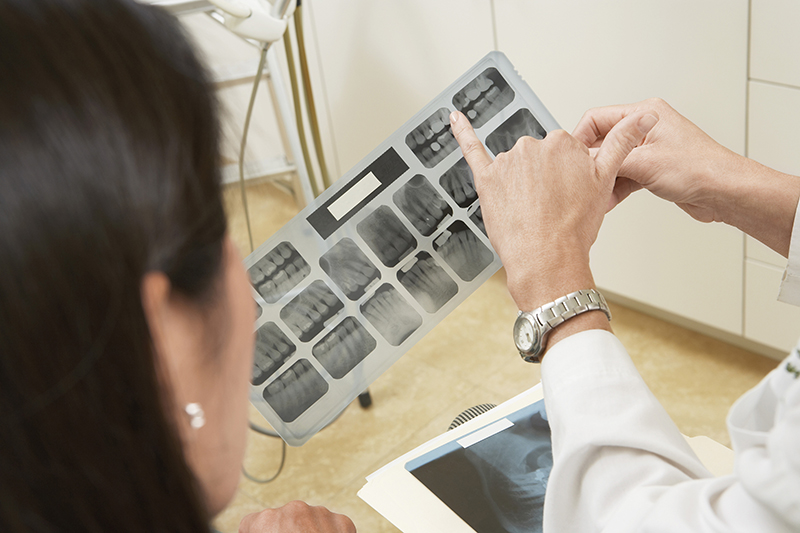 Tooth extraction is when a tooth is removed from it’s place in the gum & bone of your jaw. Compared to many dental procedures, tooth extraction can sound scary, especially when it’s referred to as “oral surgery”. However, we believe that understanding the reasons that an extraction is necessary will ease your mind if you’ve been told you need a tooth removed.
Tooth extraction is when a tooth is removed from it’s place in the gum & bone of your jaw. Compared to many dental procedures, tooth extraction can sound scary, especially when it’s referred to as “oral surgery”. However, we believe that understanding the reasons that an extraction is necessary will ease your mind if you’ve been told you need a tooth removed.
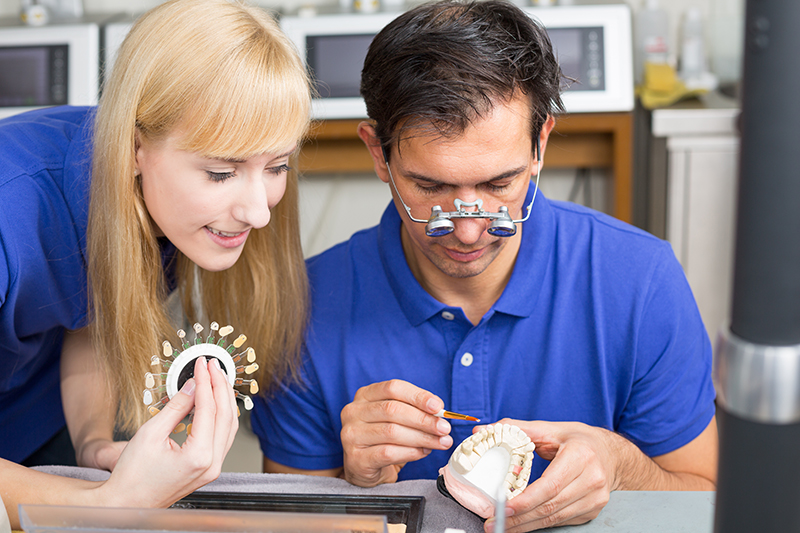 Dental crowns, or caps, are one of the most common restorative dental procedures that dentists perform. If you’ve been told you need a crown, there’s no reason to worry. Dental crowns allow us to restore your smile both functionally & aesthetically, & modern techniques mean we can complete the procedure faster than in the past.
Dental crowns, or caps, are one of the most common restorative dental procedures that dentists perform. If you’ve been told you need a crown, there’s no reason to worry. Dental crowns allow us to restore your smile both functionally & aesthetically, & modern techniques mean we can complete the procedure faster than in the past.
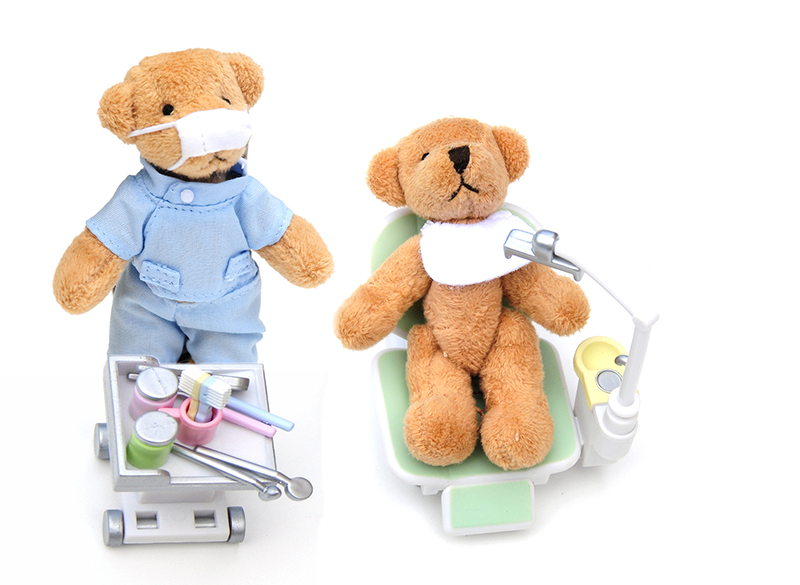 When we talk to patients about dentistry, one of the main concerns they bring up is whether the dental care they receive will be gentle. As dentists, our main concern of course is your health, but we understand the desire to have a
When we talk to patients about dentistry, one of the main concerns they bring up is whether the dental care they receive will be gentle. As dentists, our main concern of course is your health, but we understand the desire to have a 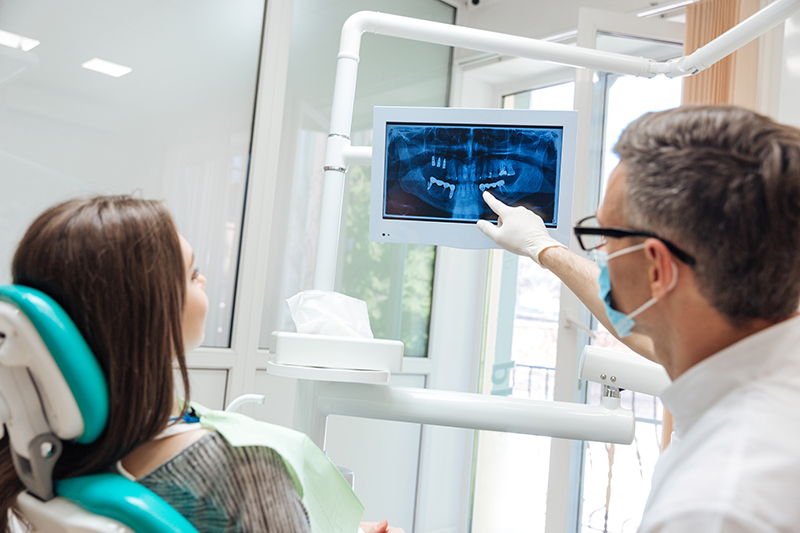 Cavities, or tooth decay, is a fairly common dental ailment, particularly in children or young adults. Even though most of our patients are familiar with what cavities are, we find that many are still surprised when we tell them they have a cavity! That’s because many cavities, especially early on, do not cause
Cavities, or tooth decay, is a fairly common dental ailment, particularly in children or young adults. Even though most of our patients are familiar with what cavities are, we find that many are still surprised when we tell them they have a cavity! That’s because many cavities, especially early on, do not cause 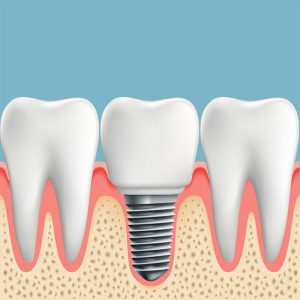 Dental implants are the latest & greatest in dental technology that allows dentist to replace missing teeth permanently. You may know that implants can replace teeth & are used in complete smile reconstructions & makeovers. But you may also not be sure exactly what
Dental implants are the latest & greatest in dental technology that allows dentist to replace missing teeth permanently. You may know that implants can replace teeth & are used in complete smile reconstructions & makeovers. But you may also not be sure exactly what 



 With today’s modern sedation techniques & better understanding of the causes & solutions for dental phobia, there is no reason to fear the dentist. As dentists, the thing we fear the most is our patients being in pain or experiencing other challenges due to not visiting the dentist for checkups & treatment. Dentists & dental professionals are caring & compassionate people who got into dentistry to help others. Our primary goal is always your health & comfort, so if you experience dental phobia or fear, we will do everything we can to make visits to the
With today’s modern sedation techniques & better understanding of the causes & solutions for dental phobia, there is no reason to fear the dentist. As dentists, the thing we fear the most is our patients being in pain or experiencing other challenges due to not visiting the dentist for checkups & treatment. Dentists & dental professionals are caring & compassionate people who got into dentistry to help others. Our primary goal is always your health & comfort, so if you experience dental phobia or fear, we will do everything we can to make visits to the 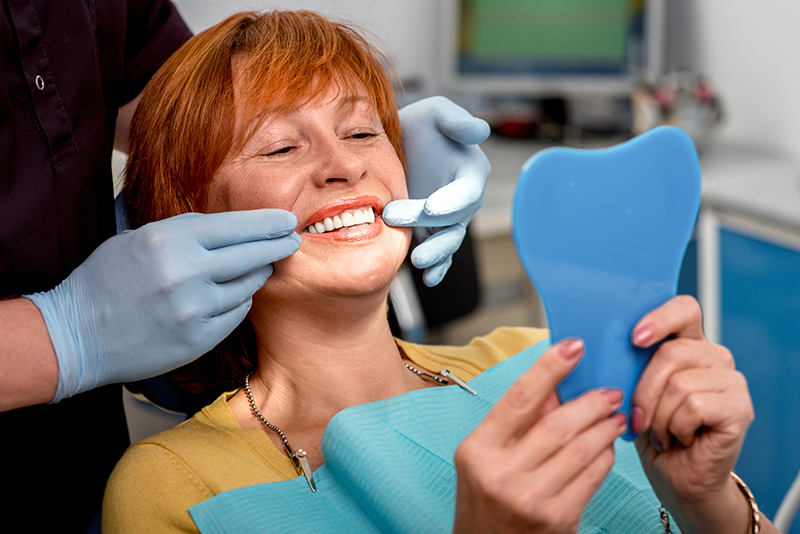 Whether you’ve lost teeth to decay, periodontal disease or an accident, we know that having a missing tooth can be embarrassing, inconvenient & often very uncomfortable. Luckily, there are many options for restoring your teeth, but with so many options, there is also some confusion. In this post we’re going to break down the choice between dentures &
Whether you’ve lost teeth to decay, periodontal disease or an accident, we know that having a missing tooth can be embarrassing, inconvenient & often very uncomfortable. Luckily, there are many options for restoring your teeth, but with so many options, there is also some confusion. In this post we’re going to break down the choice between dentures &  Test your knowledge of dentistry & your
Test your knowledge of dentistry & your